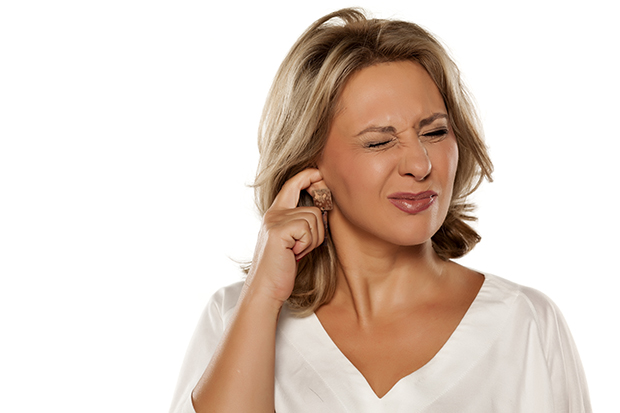
By Laura Mergen, Au.D., CCC-A, Audiology Consultants
Sometimes, it seems like people are obsessed with their earwax: how much they have, what color or consistency it is, and how to clean it out of their ears. When I tell patients that wax serves a purpose and is there for a reason, they tend to be surprised. It’s true: in most cases, earwax is beneficial to have in your ears!
Imagine your ear canal as a tube. One end is open (the part you can put your finger in), and the other end is closed (your eardrum). The skin that lines this tube starts growing at the closed end and grows outward toward the open end. As it does so, it carries wax out with it. This wax can collect dirt, dust, and other debris; so the wax helps your ears to clean themselves.
The skin that lines your ear canals is very thin and delicate. The wax that your ear produces serves as a hydrophobic protective layer, which means that it repels water. When unprotected skin is exposed to significant amounts of water, it can swell (think of wrinkly fingers and toes after bathing or swimming). If your ear canals don’t have enough protective wax, the skin can swell when exposed to significant amounts of water.
Earwax has antibacterial and antifungal properties, which helps to prevent infections from occurring in your ear canals. Not only are your ear canals tube-like, but they are also dark, moist, and warm — three things that bacteria and fungus love. Removing the wax also removes this protection from infection.
Furthermore, the simple act of removing wax can increase the risk of infection. Remember that thin, delicate skin in your ear canals? A hairpin or even the cotton on the end of a cotton swab can abrade or scratch that delicate skin, which creates an open door for infection. In addition, cotton swabs are known to push wax further into your ear canal rather than removing it.
Some people have very curvy ear canals or an abundance of ear canal hair. Others just produce a lot of wax. In these cases, sometimes ears can’t move the wax out as well as they should, and the wax builds up. In this case, your primary care provider can remove the wax for you, or they may direct you to try an over-the-counter remedy such as eardrops. I recommend discussing any concerns you have about ear wax with your primary care provider or hearing healthcare provider.
If you have any questions about this article or your hearing health, please feel free to contact Audiology Consultants at
563-355-7712 or visit audiologyconsultants.com.

